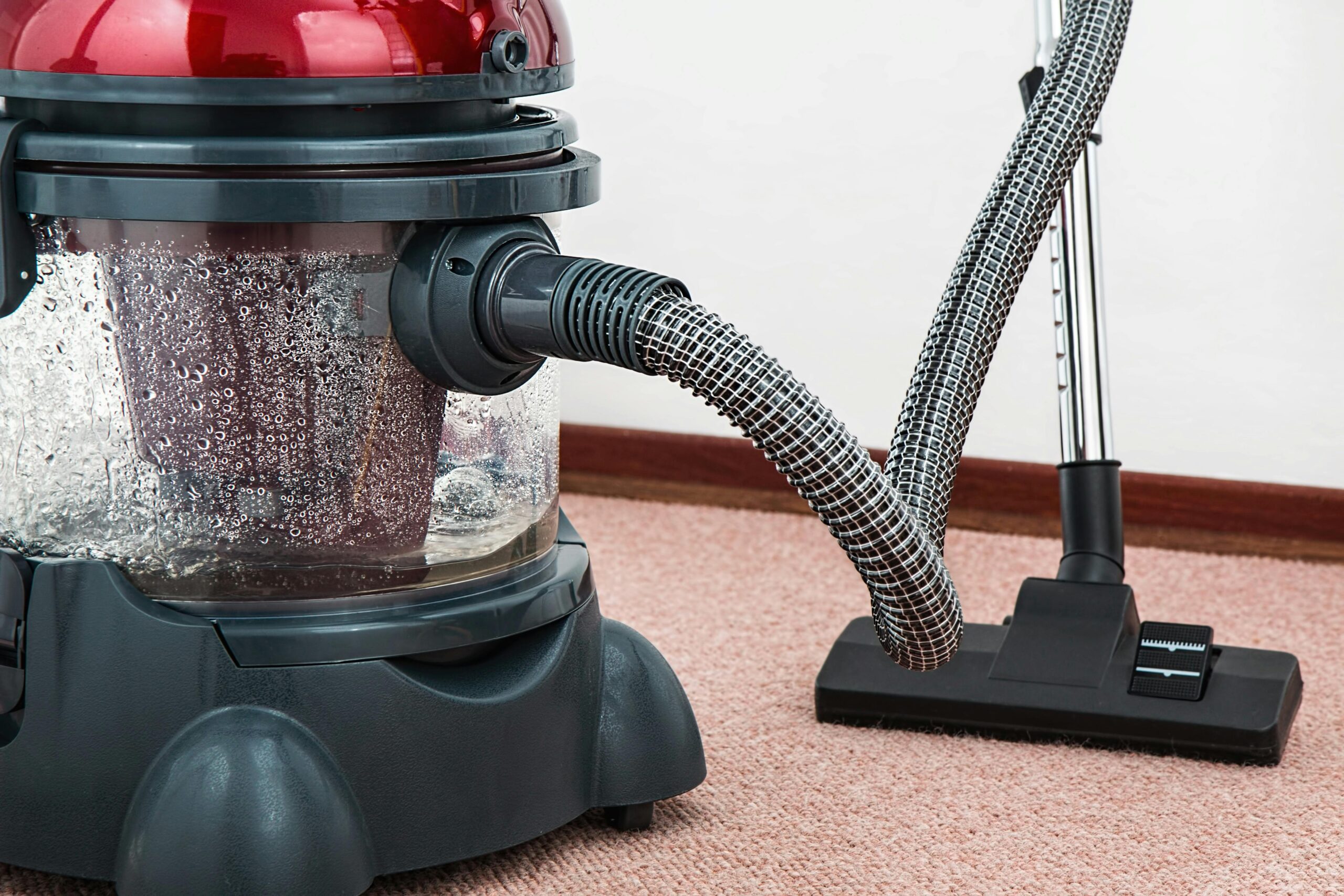Effective Methods for Setting Up a 125 Gallon Tank: Current Tips for 2025
Setting up a 125 gallon tank is an exhilarating venture for any aquarium enthusiast. With such a significant volume, this large aquarium tank provides ample space for a diverse aquatic habitat, allowing for both freshwater and saltwater setups. However, successfully establishing this tank requires careful planning and knowledge of the specific needs of your aquatic life. In this article, we will explore essential aquarium setup methods, tank filtration systems, maintenance tips, and how to create an appealing aquatic ecosystem.
As you go through the process, you can expect to learn about the importance of water quality, tank cycling, aquarium fish selection, and much more. Each section will guide you on creating a thriving environment for your fish while enhancing the aesthetics of your home. We will also highlight common tank setup mistakes to avoid, ensuring your aquarium hobby is enjoyable from start to finish.
Let’s dive into the best practices for setting up your 125 gallon tank in 2025 and ensure your aquatic adventure is a success!
Essential Guide to Aquarium Setup and Maintenance
Building on the fundamentals of tank care, successfully setting up your aquarium hinges on understanding the basic requirements of your chosen tank size, filtration options, and the fish you intend to keep. Proper setup begins by ensuring the right tank dimensions and tank capacity to accommodate the aquatic life you choose in your 125 gallon tank.
Understanding Tank Dimensions and Volume
The first step in aquatic habitat creation is knowing your tank dimensions. A 125 gallon tank typically measures around 72 inches in length, 18 inches in width, and 24 inches in height. This adds up to an expansive 125-gallon capacity, making it ideal for keeping multiple species of fish.
When considering tank volume, it’s crucial to remember the importance of space. Each fish species has specific space requirements, so overcrowding the tank can lead to stress and health issues. Thus, adequately assessing tank space is vital in your planning process.
Choosing the Right Tank Filtration System
A robust filtration system is essential for maintaining water quality in a large tank. The most recommended filtration options include canister filters, sump filters, and power filters, each with their specific capabilities suitable for a 125 gallon tank. Using a good combination of mechanical, biological, and chemical filtration will ensure optimal water conditions in your aquarium.
Consider the flow rate of your chosen filter. It’s vital that the filtration system can circulate the entire water volume multiple times per hour to keep the environment clean. This directly influences the health of your fish and the overall stability of the aquarium ecosystem.
Maintaining Optimal Water Quality
Water quality is paramount in aquarium care. Regular water testing helps you monitor essential parameters such as pH levels, ammonia, nitrites, and nitrates. Maintaining these values within acceptable ranges is crucial for your fish’s health. Additionally, establishing a schedule for regular water changes and tank cleaning will help prevent toxic build-ups that can occur in a large fish tank.
Adding conditioning agents can be beneficial, especially in managing nitrogen levels. Keeping your tank cycling efficiently ensures that beneficial bacteria can thrive, contributing to the overall health of your aquatic environment.
Exploring Fish Selection and Compatibility
Once you’ve established your tank setup and adequate maintenance routines, the next phase revolves around selecting compatible fish species that thrive in your tank size. The inhabitants of your 125 gallon tank can significantly affect its ecosystem, and their compatibility forms the foundation of your aquarium community.
Popular Fish Species for a 125 Gallon Tank
Some of the best fish choices for a 125 gallon tank include cichlids, tetras, and larger species like angelfish and rainbowfish. Understanding the social behaviors and schooling preferences of your chosen fish is vital before integrating them into your tank.
Always research the specifics of the species—you may find that some prefer higher calcium hardness levels or particular water temperature ranges. Ignoring these requirements can lead to issues within your fish community.
Creating an Aquatic Community
Creating a balanced aquatic community requires an understanding of fish behavior and species requirements. It’s best to choose species that exhibit compatibility to reduce territorial disputes and aggression. Incorporating community-friendly fish improves the harmony of the tank while making your aquarium visually diverse.
Keep in mind to introduce fish gradually, as rapid additions can shock the system. This allows beneficial bacteria to adapt to the increased bioload, maintaining tank stability.
Utilizing Tank Decorations and Plants
Decorations and tank plants serve as essential elements in establishing a visually appealing aquarium while providing hiding spaces for fish. Adding substrates, rocks, and driftwood not only enhances aesthetics but also creates a natural environment for your fish.
Choosing the right aquarium plants can improve water quality through natural filtration, absorbing nitrates and providing oxygen. Select hardy aquatic plants that thrive in your tank conditions, promoting both fish health and tank aesthetics.
Innovative Filtration and Equipment Techniques
With an understanding of fish and water quality, the attention now shifts to tank equipment necessary for maintaining a healthy environment. Understanding which equipment to utilize in your setup is a critical step.
Best Practices for Tank Heating and Cooling
The temperature of your aquarium plays a significant role in the health of your fish. Many tropical fish require a steady water temperature of 74°F to 78°F. Invest in a reliable tank heater, and use a thermometer to monitor conditions consistently.
In cooler climates, consider adding a chiller to maintain the necessary range. Seasonal changes may disturb your tank’s temperature stability, thus keeping it in check will keep your fish thriving.
Optimum Tank Lighting Solutions
Lighting is another key aspect in making your 125 gallon tank a beautiful focal point. LEDs are preferred for their energy efficiency and flexibility in providing the required light spectrum for both fish and plants. Proper lighting enhances plant growth while providing adequate light for fish visibility.
Establishing a lighting cycle that mimics natural daylight will keep your fish comfortable and help to enhance the coloration of your aquatic life.
Common Maintenance and Operational Issues
While many procedures in tank maintenance seem straightforward, common tank problems may arise without vigilant oversight. Regularly checking for algae growth, monitoring water parameters, and troubleshooting unusual fish behavior are essential to maintaining tank health.
Fish food choices, tank migration, and equipment failures could cause unwanted stress on your ecosystem, leading to unstable water conditions or health risks for your fish. Implementing a tank care routine can mitigate these issues, ensuring a vibrant aquatic habitat.

Strategies for Long-term Tank Success
Lastly, effective long-term success in aquarium maintenance and operation requires dedication to research and careful planning. As you progress through your aquarium journey, it’s valuable to stay informed about aquarium design trends and tank standards that evolve with new insights and discoveries.
Developing a Tank Maintenance Schedule
Establishing a regular maintenance schedule is crucial. This should include weekly water tests, monthly water changes, and routine cleaning of tank parts such as filters and decorations. Regular maintenance not only helps keep your water quality in check but also allows you to early detect problems like algae blooms or fish stress.
Keeping a log can also assist in tracking the health of your tank over time, aiding in spotting patterns or repeated issues needing further attention.
Monitoring Tank Parameters
Awareness of your 125 gallon tank’s parameters such as calcium hardness, pH, and nitrate levels not only supports aquatic life but also assists in proactively preventing issues. With automated systems available, consistent monitoring can be simplified, allowing you to focus on enjoying your aquarium.
As the tank owner, leveraging these automated systems can lead to proactive measures and adjustments, ensuring a thriving environment for your fish.
Engaging with the Aquarium Community
Lastly, engaging with fellow aquarium enthusiasts can provide invaluable insights and tips. Exploring forums and communities can introduce you to innovative techniques and efficient practices while giving you access to shared information on fish health, tank events, or suppliers.
As a developing tank hobbyist or experienced owner, connecting with others can enhance your aquarium experience.

Q&A Section: Addressing Common Tank Queries
As you embark on your aquarium journey, you might encounter several questions. Here are some answers to frequently asked questions about setting up a 125 gallon tank:
1. What fish are best for a 125 gallon tank?
Popular options include larger cichlids, various tetras, and community fish that thrive in groups, ensuring compatibility in your tank. Always do thorough research on compatibility and space requirements.
2. How often should I change the water in my aquarium?
A general rule is to change 20-25% of the water weekly, although this may vary based on stocking levels and tank parameters. Regular changes help maintain water quality and minimize toxicity levels.
3. What are the signs of an unhealthy tank environment?
Look for signs such as algae blooms, fish stress (hiding, lethargy), and fluctuations in water parameters. Observing behaviors and conditions early on can mitigate potential disasters.
In conclusion, establishing a successful 125 gallon tank requires attention to detail and an understanding of your aquatic life needs. By prioritizing proper setup, optimal maintenance, and continual learning, you will create an enticing and thriving environment for your fish. Enjoy your aquarium journey!
For more information on tank setup tips, ensure to check the full guides at the Aquarium Care Center and Fish Care Essentials.
